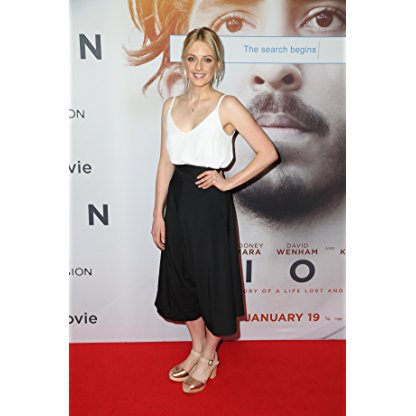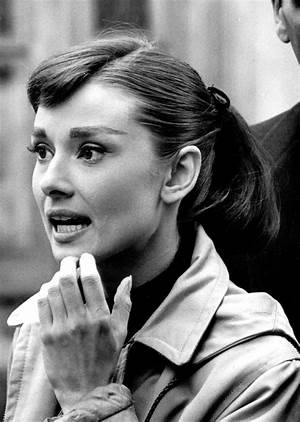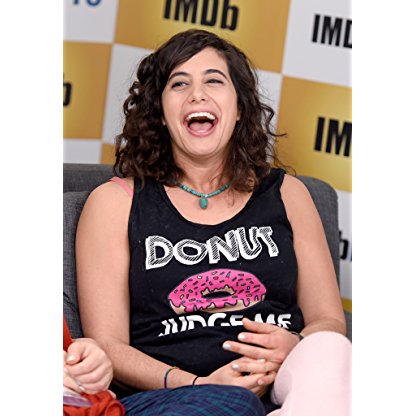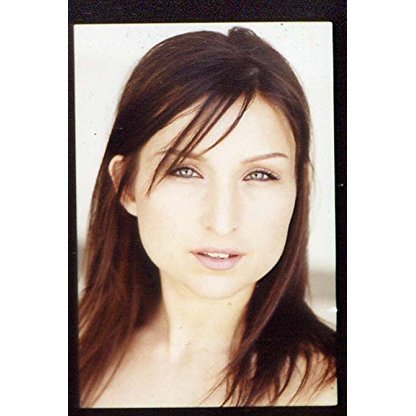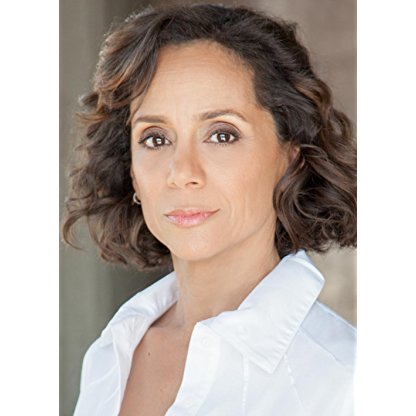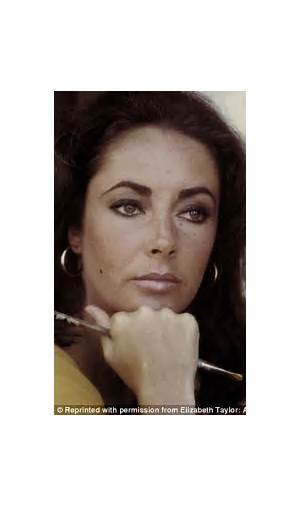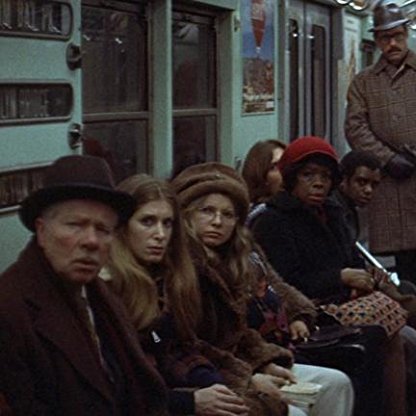Jocelyn Brando was born on November 18, 1919 in San Francisco, California, United States, is Actress. Jocelyn Brando, the older sister of Marlon Brando, was born Nov. 18, 1919, in San Francisco, California, to Marlon Brando Sr. and his wife, the former Dorothy Pennebaker. Joceyln and Marlon and their sister Frances grew up mostly on a farm near Evanston, Illinois, though the family moved around during their childhoods. The bane of the children's existence was the alcoholism of both parents, which was particularly acute with their mother. Her brother's friend Karl Malden believed that Jocelyn's promising career was derailed by alcohol. Despite not living up to her promise, she managed a career that spanned five decades in the theater, film and television. Jocelyn Brando came to the stage naturally, first appearing in a theatrical production under the direction of her mother, who was a principal in an Omaha community theater group that included Henry Fonda. She made her Broadway debut soon after her 22rd birthday, appearing in "The First Crocus" at the Longacre Theatre on January 2, 1942. The play was a resounding flop and closed after five performances. Her next appearance on Broadway came two months after her kid brother Marlon made theatrical history as Stanley Kowalski in Tennessee Williams' "A Streetcar Named Desire." On February 18, 1948, Jocelyn opened as Navy nurse Lt. Ann Girard in support of family friend Henry Fonda as the eponymous "Mister Roberts." The play was a smash hit, running just shy of three years for a total of 1,157 performances. Jocelyn did not complete the run of the play, appearing in the comedy "The Golden State" in the 1950-51 season, a flop that lasted but 25 performances. She rebounded in a succès d'estime in Eugene O'Neill's "Desire Under the Elms" in 1952, though the play only lasted 46 performances. One of her co-stars was Colleen Dewhurst, who would go on to rank as the greatest interpreter of O'Neill's female characters. Jocelyn would later appear in support of Dewhurst in a Broadway revival of O'Neil's "Mourning Becomes Electra", Back in uniform as a military officer, Jocelyn made her film debut in Don Siegel's war drama China Venture (1953). When she first arrived in Hollywood, she gave an interview with "The New York Times" in which she commented on her brother's advice--or lack of it--to the tyro film actress: "Marlon is a sweet fellow, and he works very hard. I asked him for a tip about pictures, and he answered, 'Oh, I just say the words. That's all I know about picture acting'. He probably was smart at that to let me find my own way." It was her second film that was her best-known movie role: detective Glenn Ford's doomed wife in Fritz Lang's classic gangster movie The Big Heat (1953). Jocelyn's character was blown to cinematic kingdom come in an off-camera explosion when she starts the family automobile and detonates a bomb intended for screen hubby Ford. It remains one of the most famous moments in cinema. She eventually appeared in supporting roles in two of her brother's films, The Ugly American (1963) and The Chase (1966). While her career in films never flourished, she had a healthy career in television from the 1940s through the 1980s, appearing in guest roles on scores of television shows, including Alfred Hitchcock Presents (1955), Wagon Train (1957) and Little House on the Prairie (1974). In the early 1970s she appeared as Mrs. Krakauer on the daytime TV soap opera Love of Life (1951). She also had a recurring role as Mrs. Reeves on the prime-time potboiler Dallas (1978) for several years. Her last major film was _"Mommie Dearest" (1981)_ , the Joan Crawford roman a clef. Jocelyn vociferously defended her superstar brother in the press throughout his half-century of celebrity, stressing his strong family ties. She was with the great actor when he died at age 80 of lung failure at his Los Angeles home on July 1, 2004 (the same disease h;ad earlier claimed their sister Frances, who was a painter). Karl Malden, in his 1997 autobiography "When Do I Start?", recounts how circa 1979 he cautioned his friend Marlon about his own intake of alcohol. Malden reminded his younger friend, whom he had known at that point for 35 years, that alcohol had destroyed his mother's life, had compromised that of his father and likely was the reason that Jocelyn never became a major actress. Jocelyn Brando, who was twice married and had two sons, died of natural causes at her Santa Monica, California, home on November 20, 2005, two days after her 86th birthday. If we take Karl Malden's word for it--who knew her and her work and her promise--but for the fatal flaw that ran through the Brando-Pennebaker family, she might have had a career that would have taken her out of the shadows and elevated her to more than just a footnote in her brother's career.
Jocelyn Brando is a member of Actress
